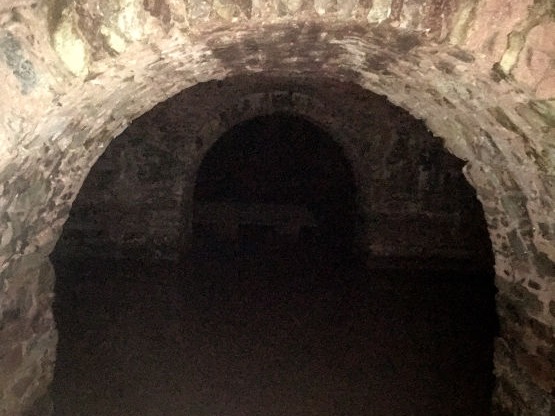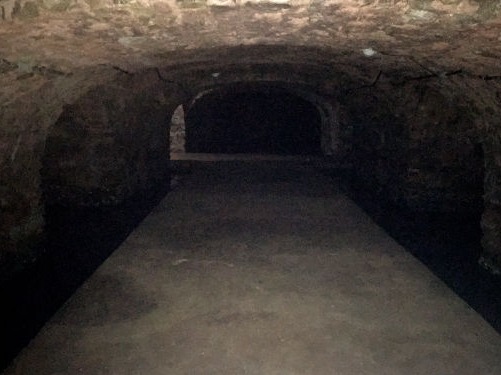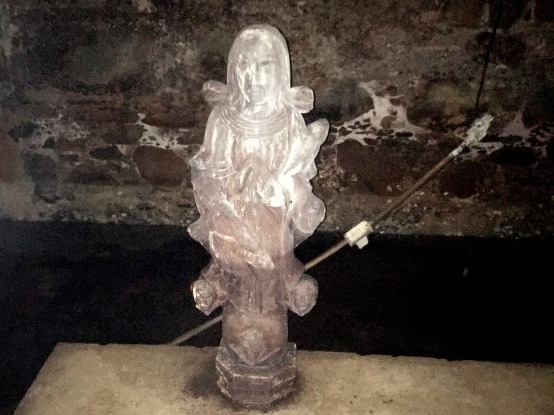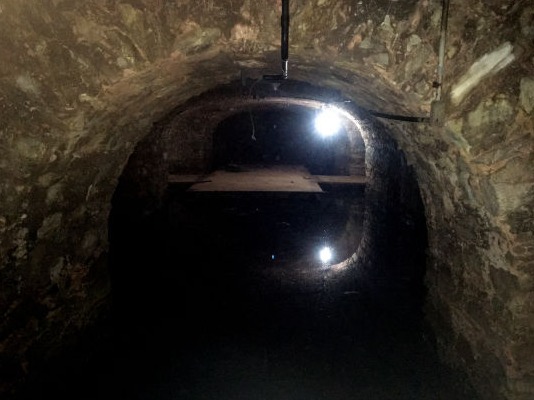







2019 - ONGOING
With support from Pro Helvetia (Swiss Arts Council) Johannesburg, I traveled to Kinshasa and Brazzaville to record sounds of both urban areas, with a particular focus on areas adjacent to the river. News reports in 2019 stated that funds had been secured to construct a bridge connecting the two cities, placing them, and the areas around the river in particular, in a state of suspended transition. The recordings act as a document of a moment in time and place, as well as raw material to be tranformed into a new, speculative, fictional place or set of networked places. More to come.



Free AI Website Maker